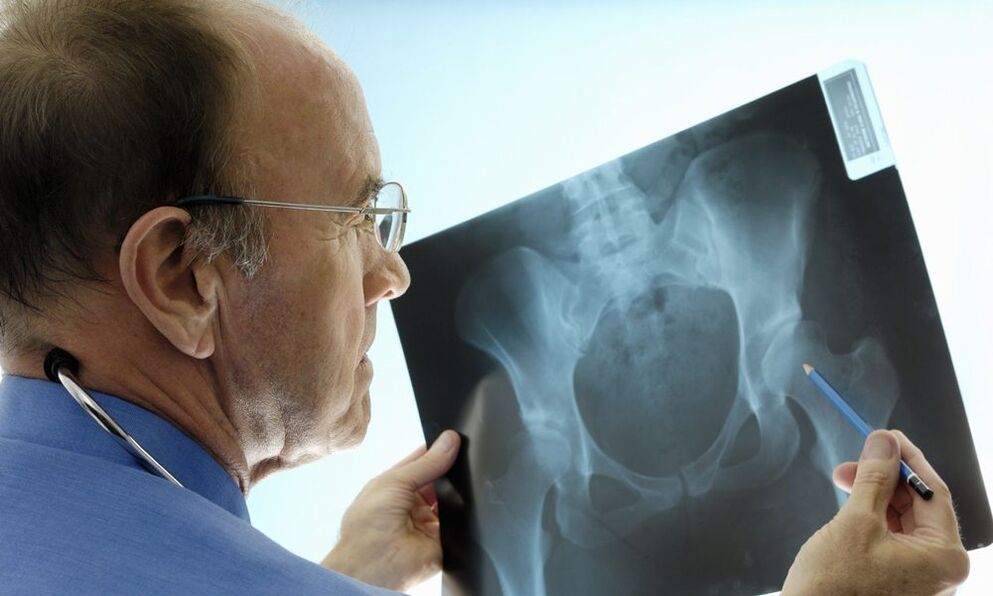
Over the past few decades, not only elderly people complain of joint pain, but also people aged nearly 35 years old. Why this is happening, there is no exact information, however, the problem is becoming more and more urgent every year and causing an increasing number of people to bewildered.
Introduce
If the joints are painful, you should not attribute the problem to factors such as weather changes, magnetic storms, hypothermia, physical labor. This problem has completely different causes.
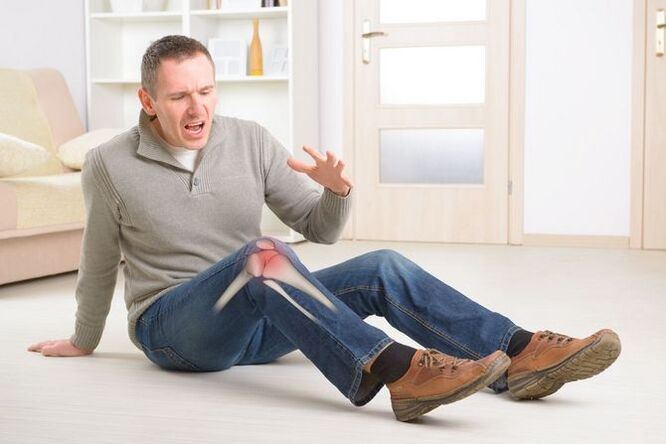
So why do joints hurt, what can be the causes of joint pain, how to treat diseased joints - this article is about all of this.
Painful joints can manifest in a variety of ways: at first it may be just discomfort, then crackling (crack), then numbness, numbness, and only then does the pain begin to manifest itself. many different ways: back pain, twitching, burning. Joint pain is not a harmless phenomenon and its causes can be very different.
Cause of pain
Why it is possible to have pain in the joints, is judged by the nature of the pain and its location.
- With infectious diseases (tonsillitis, bronchitis), the joints are pulled, aching, as a rule, not one joint suffers, but many at the same time.
- During the body's intoxication process (eg, in the case of mushroom poisoning, alcoholism), attacks of pain affect multiple joints at the same time.
- With exacerbations of chronic diseases (cholecystitis, tonsillitis), joint pains are of a continuous nature, that is, they can occur in one place and move to another.
- In inflammation, the pain in the joints is acute, it shoots out and pierces. As a rule, one joint hurts, in rare cases - several joints.
So, the causes of joint pain can be different: infectious, inflammatory, toxic and chronic. At the same time, if the cause is not due to trauma, rheumatism, orthopedics, then joint pain is no longer the only symptom that concerns you. Other signs of human ill health will intermingle with them:
- Increased body temperature;
- Fever;
- Have a runny nose;
- tear;
- Loss of appetite;
- Shedding in the ribcage;
- Nausea and vomiting;
- Diarrhea;
- White coating on tonsils and tongue;
- loss of voice;
This is not a complete list of all possible signs.
Pain due to musculoskeletal problems
When various diseases of the musculoskeletal system become the reason for damaged joints, it is time to find out which joints are not healthy and what to do to correct them.
Joint pain in traumatic (and proximate) causes is quite different from other causes. As a rule, symptoms in such cases can be as follows:
- Swelling and redness of the affected area.
- The painful area feels hot and painful to the touch.
- Pain in any particular joint.
- Fever.
- Numbness and stiffness in movements.
- Sharp pain with movement, and sometimes at rest.
- Joint deformity.
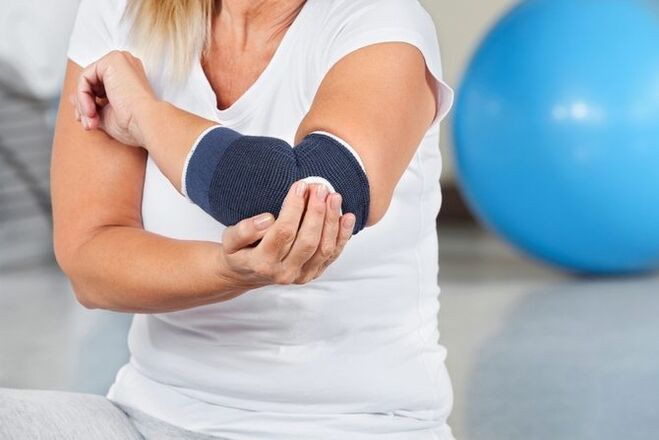
So, orthopedic causes of joint pain can be the following diseases:
- Rheumatism;
- Arthritis (polyarthritis);
- Arthritis (polyarthrosis);
- Rheumatic polyarthritis;
- Gout;
- cupped tears;
- Posterior horn rupture of medial meniscus;
- Functional joint pain;
Brief information about the disease
Joint pain occurs for many different reasons, sometimes it can be a symptom of a non-rheumatic disease (trauma) when caused by an infection. In such cases, it makes no sense to treat the joint without eliminating the source of the infection. The pain will stop, but then all symptoms will return. As a rule, joint pain disappears when the infectious process is stopped.
Another, most common, reason for joints to hurt is due to pathological processes occurring within them, or injuries suffered.
- Rheumatoid arthritis (polyarthritis)- a disease, its catalyst is severe infectious diseases: tonsillitis, rubella, influenza, brucella. Usually large joints are affected, while the damage is of a symmetrical nature: two elbows or knees at the same time. Arthralgia accompanied by high fever and fever during exacerbations, practically does not occur with other diseases of the joints.
- Arthritis (polyarthrosis)- pathological processes leading to partial or complete destruction (with advanced forms of the disease) of cartilage. Joint pain accompanied by impaired joint mobility. The symptoms of osteoarthritis and arthritis are similar, but there is one difference: a sore spot with arthritis is painful when trying to move, can't talk about arthritis (with it, the joint still hurts. even at rest).
- Arthritis- degenerative processes occurring in the joint, associated with inflammation of the joint tissue and its deformation.
- Gout- violation of the metabolism of calcium and salt in the body, as a result of which growths appear on the joints, inflamed and damaged. Characteristic features - pain at night.
- cupped tearsInjury to the knee (or fibula), associated with a violation of the integrity of the meniscus. In such cases, pain occurs in the knee and returns to the knee joint, when moving, a crunching sound can be heard in the joints.
- Functional joint pain occurs whennervous system disorder, it doesn't make any sense to do anything with the coupling, since the problem has to be looked for elsewhere. When it is removed, the discomfort will pass.
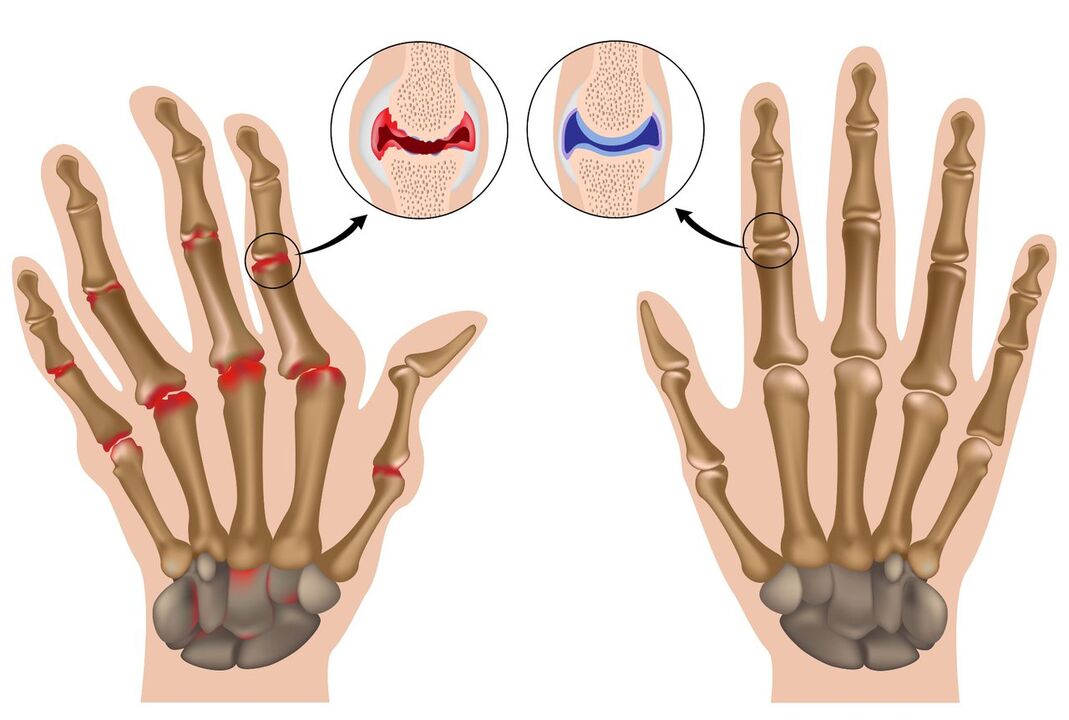
Of course, this is not an exhaustive list of why joints hurt, however, these reasons are the most common. What to do in such situations should be decided by the doctor only after a thorough examination and diagnosis.
The treatment
Treating joint pain is a secondary task, the first goal usually being to eliminate the inflammation and its causes.
It is important for patients to understand that self-medication will not help them and will only delay the course of treatment, aggravating the situation.All a person in pain should do is see a doctor.If that happens to cause stiffness and pain in the joints to appear at night and not allow you to fall asleep, you can take anesthetic and massage with warm ointment if needed.
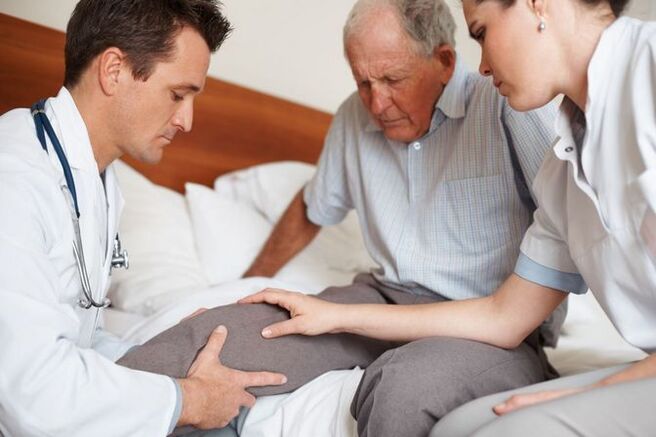
Doctors only start treating joint pain after a thorough examination, examination results, and diagnosis have been made.
Most orthopedic diseases are treated with traditional methods, and the use of surgery is only done as a last resort, when a prolonged course of drug therapy has proved ineffective. force.
Medical treatment (conservative method)
The conservative method is the most common in this case.

Not a single treatment for such diseases is complete without an appointment:
- Non-steroidal anti-inflammatory drugs, used in many different dosage forms: ointments, injections, tablets, patches, suppositories. At the same time, it is not uncommon for a doctor to decide to prescribe NSAIDs in several forms at once: injections and ointments, tablets and suppositories with ointments. The process of admission is very long, the terms of treatment are determined taking into account the individual characteristics of a person: age, physical. When prescribing, it is necessary to take into account the presence of other diseases, contraindications and possible side effects.
- Analgesicused in different dosage forms. With pronounced pain syndrome, strong injections are prescribed, if there is a slight pain, you can use tablets, warm ointments, patches.
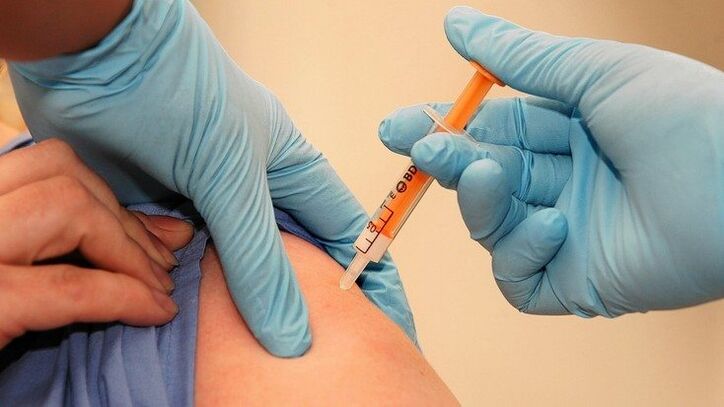
If NSAIDs don't help, then use:
- Corticosteroidswhich has both advantages and disadvantages. The advantage of treatment with these drugs is that the effect can be achieved much faster than with non-steroidal anti-inflammatory drugs, and the lack of hormones, does not have a favorable effect on the whole body and leads to negative consequences. unpleasant results. in the form of hormonal imbalance, weight gain. Therefore, doctors are not in a hurry to prescribe corticosteroids.
- Chondroprotectors, which is injected into the affected area to optimize synovial fluid levels, normalizing joint friction, pressure, and movement.
After finishing the course of drug treatment, you can continue with folk remedies.
Good repair treatment:
- Therapy therapy;
- Gymnastics, swimming;
- Physical therapy.
An important role is played in the prevention of recurrence of the disease; for this, a course of prophylaxis by taking vitamins is carried out twice a year.and NSAIDs.
Method of Operation
If conservative treatment does not help and the joint is still painful, then surgery will be indicated, which surgery will be performed, depending on the extent of tissue damage and the diagnosis. If this is a third stage joint disease, then it is worth doing a prosthetic, that is, replacing the joint with an artificial one. If we are talking about a tear of the meniscus, then with the help of special punctures it is sewn together. In any case, the doctors will do everything they can to avoid surgery and the pain to be over no matter what.
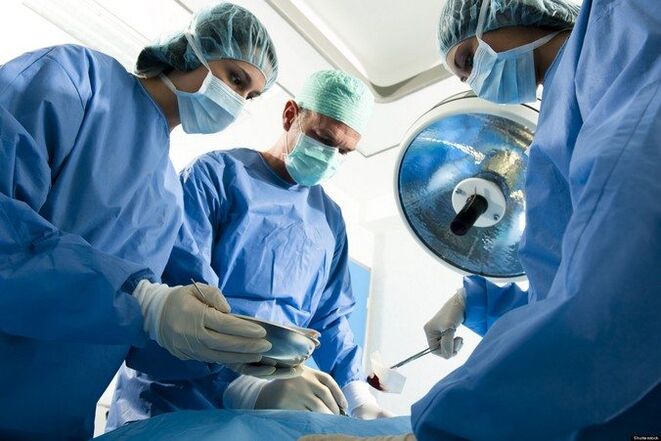
Inference
As a result, joints can be damaged for a variety of reasons, possibly infection and nerve problems. Joint pain is the main cause of pain. Don't ignore the pain, try to heal yourself, or drown it out with painkillers.
There are two main tissue treatments:
- conservative method.
- The treatment method works.
It is very rare that surgical methods initiate treatment immediately without resorting to conservative methods. However, such cases also occur, for example, if a person is immobilized, and the degenerative process is at a stage where drug treatment is useless. In such cases, it is so painful that a person may pass out due to the intensity of the pain.

















































